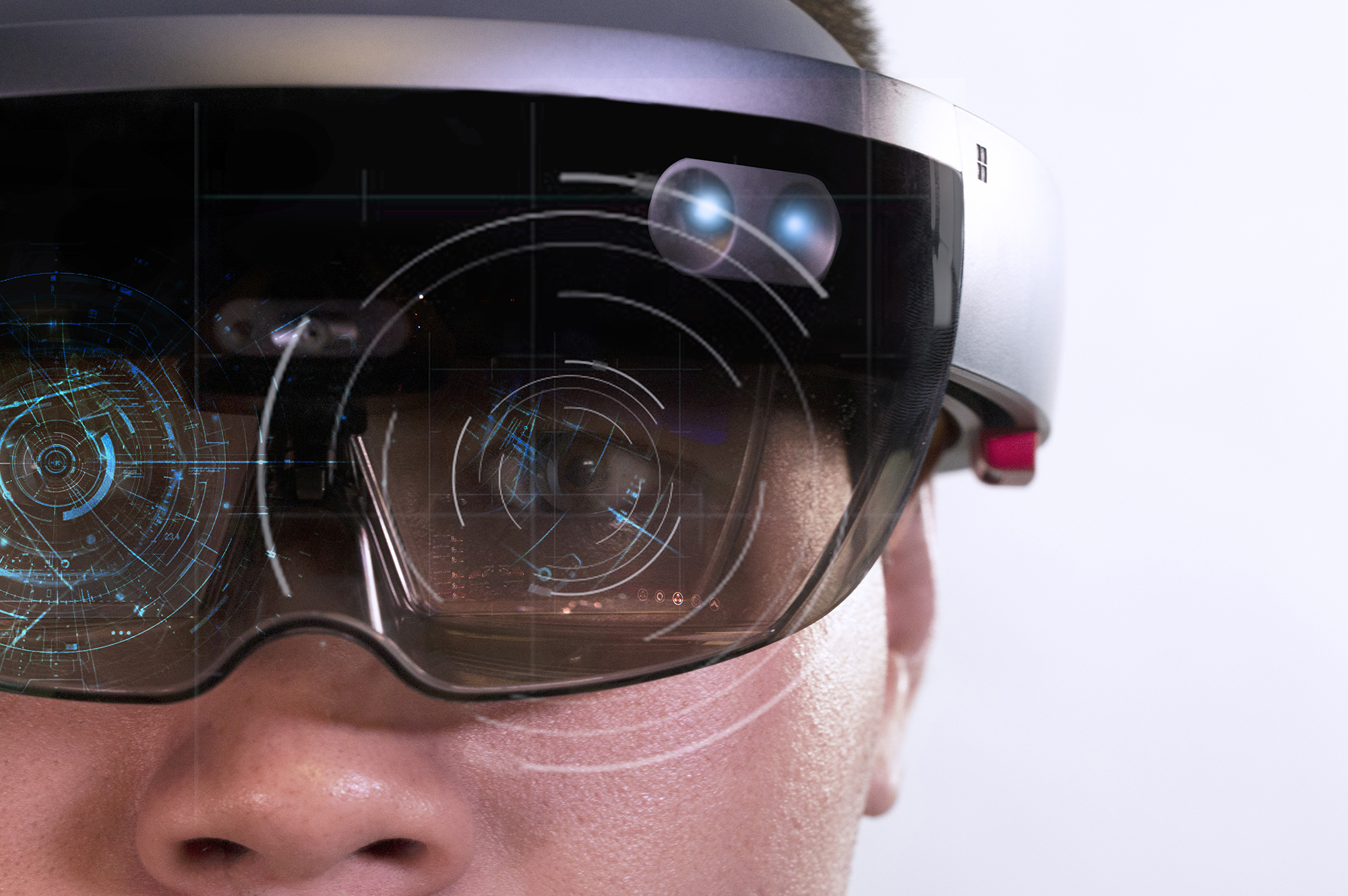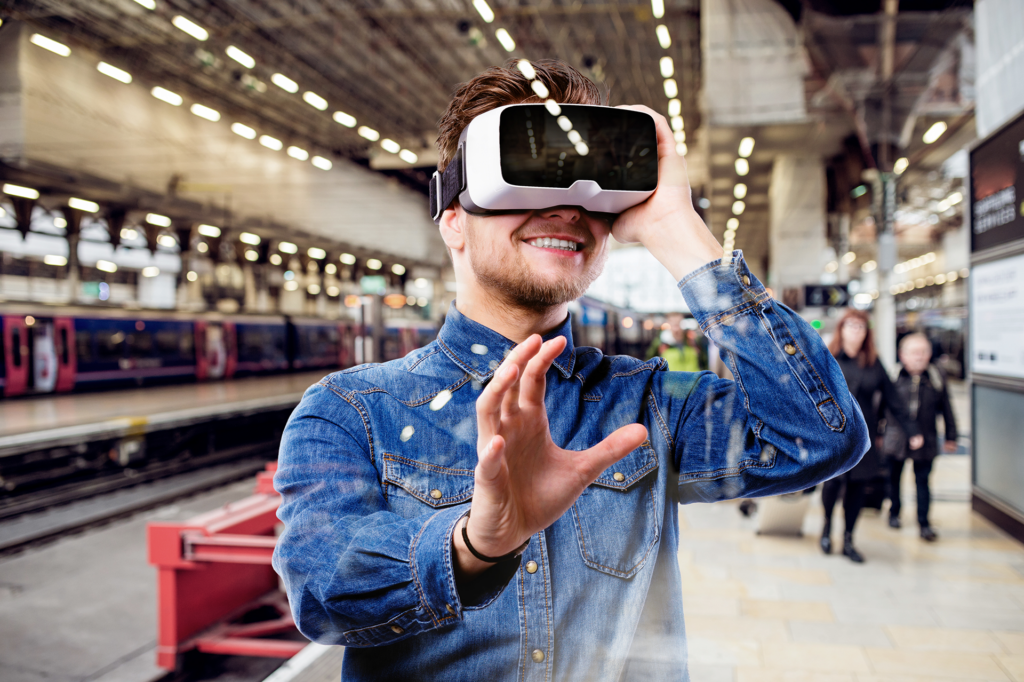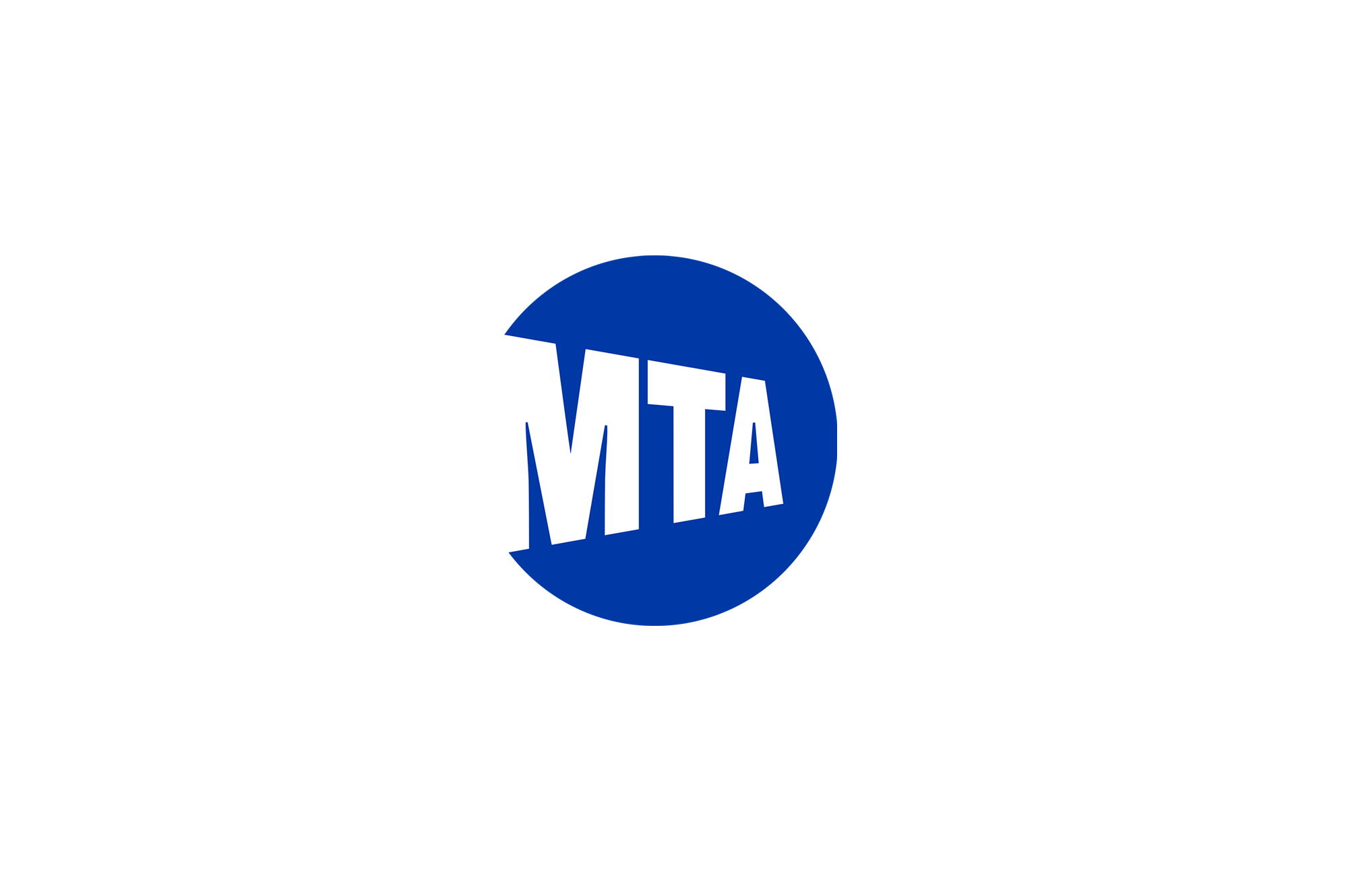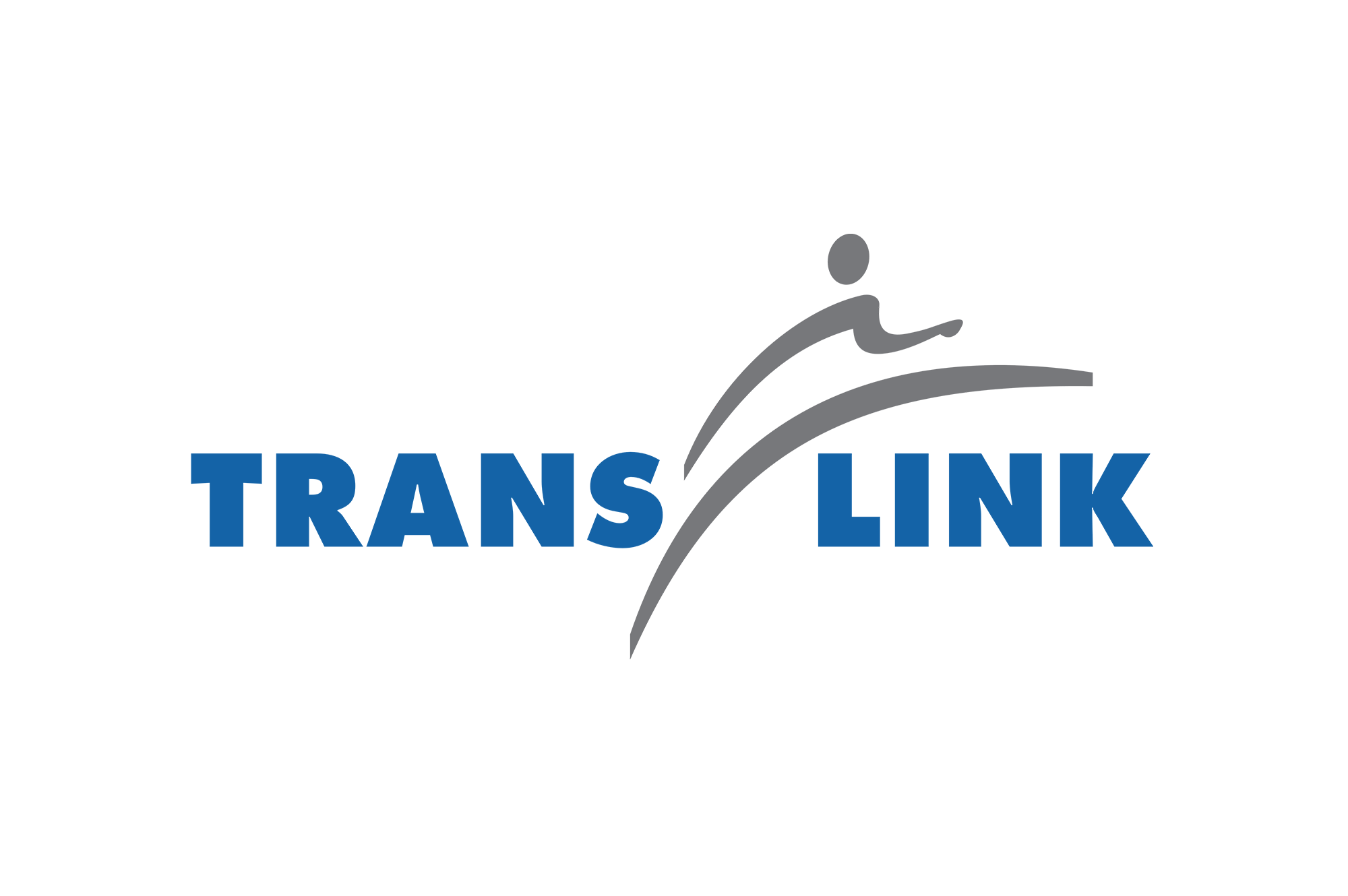BLOG
Mobility Series: The Rising Trend of New Realities
Insights into the emerging impacts of mixed realities and how it is making accelerated advances for workforce development in public transportation.

Insights into the emerging impacts of mixed realities and how it is making accelerated advances for workforce development in public transportation.

In our last post in the blended learning series, we looked at considerations for shifting to blended learning. Now lets take a look into the future with an eye on the emerging impacts of mixed realities and how they are accelerating workforce development in public transportation. Making your rolling stock (rail), buses, and other large transportation vehicles available for the purpose of training is often costly and difficult. Mixed reality removes these barriers making these assets accessible to the learner in a virtual environment where they can learn and fail safely. Adding mixed reality to your blended learning program mix future-proofs your business and is a notable differentiator for you as an employer.
The transformative power of immersive technologies, such as Augmented Reality (AR) and Virtual Reality (VR), bring considerable business benefits. Whether you are focused on building your talent pipeline, upskilling your existing workforce, or retaining top talent, you need to be ready for the future of training. Adopting and integrating these technologies will be a very attractive element of your workforce development programs.
With inevitably more Rs on the way, it’s important to review their definitions and differences as the first step toward a better understanding of the future of the field and its application in a transit environment.
AR and VR are fundamentally different—and should be treated as such. AR makes digital alterations or additions to your existing environments, but generally integrates into your physical surroundings. On the other hand, VR fully immerses you in a virtual environment that is either artificially generated or mimics a real-world environment other than your own.
While both may share hardware, AR and VR have unique applications, with enterprise and consumer use cases for AR winning out over VR in many applications.
The biggest difference between AR and VR is that AR currently has a broader range of business applications and can be a catalyst for accelerating growth in industrial settings. AR can be experienced with your smartphone or tablet, smart eyewear, or Head Mounted Devices (HMD) reducing the hardware costs. Its disruptive impact has the ability to transform enterprises—from behind the wheel, to the rail yard, and on the shop floor. As a just in time training tool, AR is very versatile, mobile, and accessible.
VR on the other hand, uses a lot of computing power, HMDs, and often hand controllers, as well as a dedicated, open physical space to immerse learners into a completely new environment. While the investment is larger, if your goal is to produce an emotional reaction in your learners, for instance helping them feel the impact of an incident without the financial, and physical consequences, then VR is the tool for you!
Mixed reality applications get a lot of media attention, they are the new kid on the training block and offer a new set of eyes (pun intended) to an industry that was born in the analog age. Although there is a lot of hype, what has been proven are the business and knowledge applications of mixed reality. The ability to increase retention, engagement, and safety, along with large operational cost savings is making the investment into mixed reality an easy business case.
Augmented and virtual reality are here to stay, and their use will only grow and diversify. These applications are being applied for operations, maintenance, field, and office personnel, and not just in training scenarios. Building a simulated experience can often be leveraged for multiple purposes, even increasing external customer satisfaction, like an AR-based transit map showing you where to go in real time.

Blink, and you might miss the incoming transition of smart eyewear as its popularity spreads and positions it to overtake smartphones as the primary personal device for mobile users. Once considered bulky and expensive, smart eyewear is now available on a consumer level, with the quiet launch of Amazon’s Echo Frames in 2020 and Snapchat’s recent announcement of Spectacles. Although not readily available for commercial and industrial use, the designs can support inevitable XR applications.
This revolution of smart glass plays an even more critical role for industries already leveraging AR. Smart eyewear is forecasted to upend industries and interfaces designed for the smartphone by offering a more versatile hands-free alternative to the trusted mobile device. This frees up the ability to reduce training cycles on factory or shop floors and even for virtual meeting rooms.
Transit agencies can implement AR to bring training and development to your maintenance professionals, technicians, mechanics, and operators in exciting new ways. Whether you are part of a large agency or a smaller one, the technology is attainable! To attract, develop, and retain the workforce of the future you need to offer them technologies that are exciting, leading-edge, and have proven benefits as part of your blended learning programs.
Want to know more about how we can deploy blended learning solutions globally to most countries and in most languages? Connect with one of our experts today to learn more.
Or read our Blended Learning White Paper!
We develop digital knowledge solutions. Our team makes heroes of learning and development professionals. We improve workspace experience (and lives) across the globe, with better learning.




















